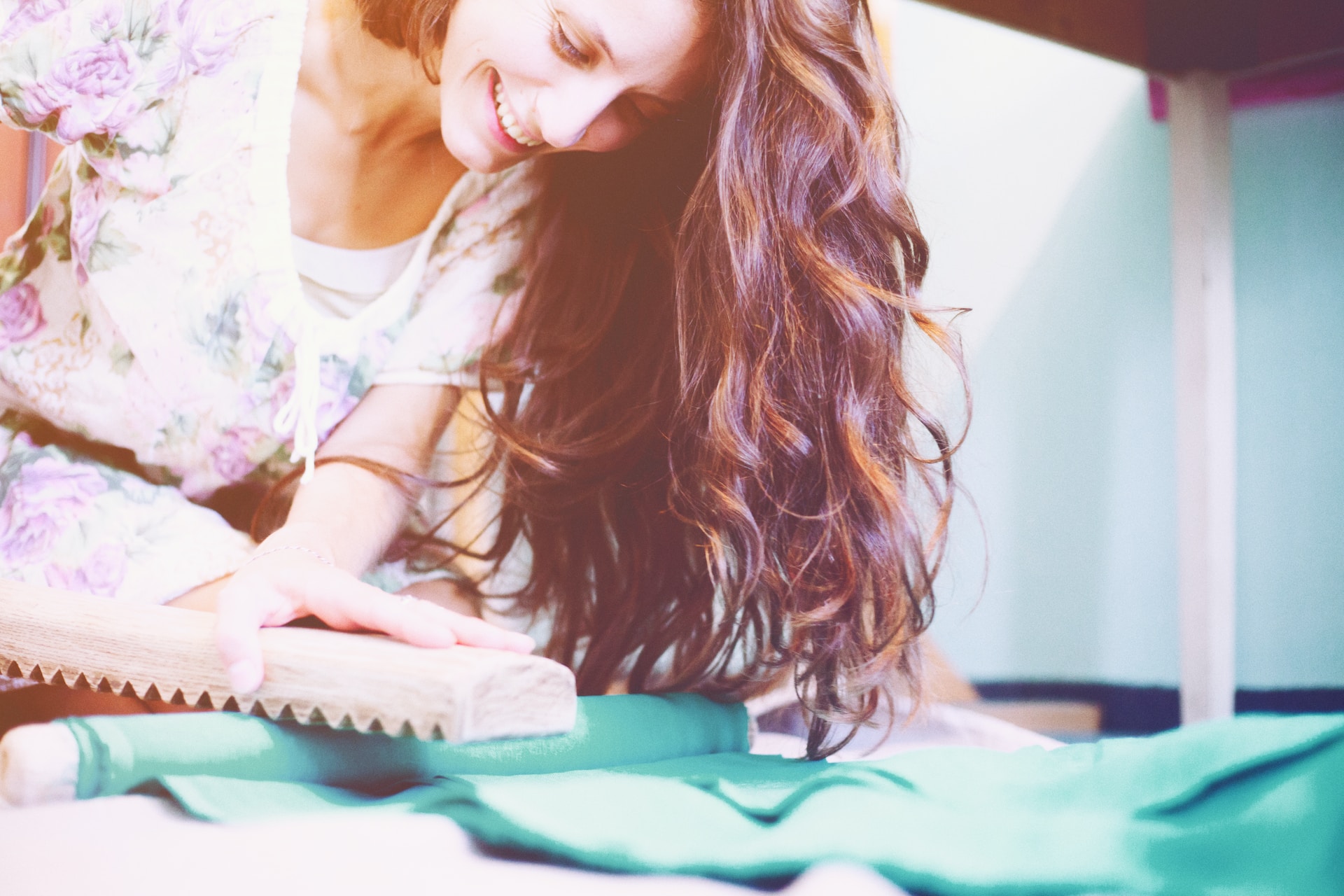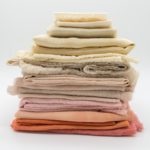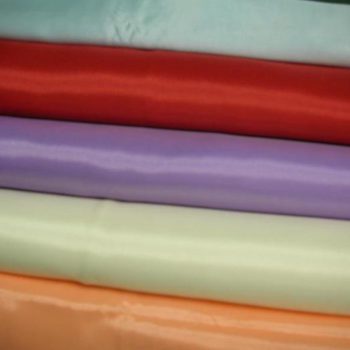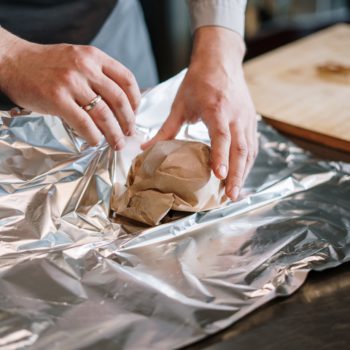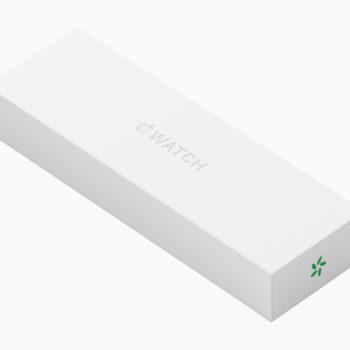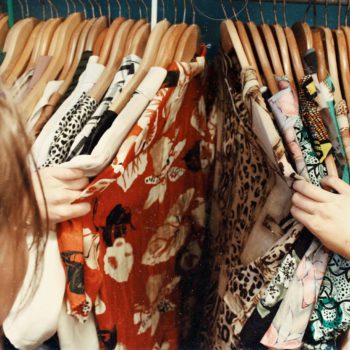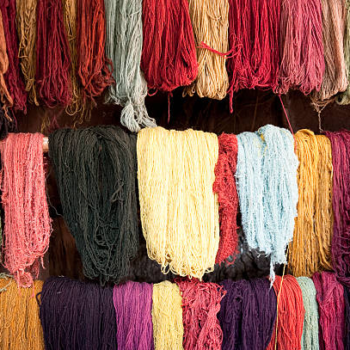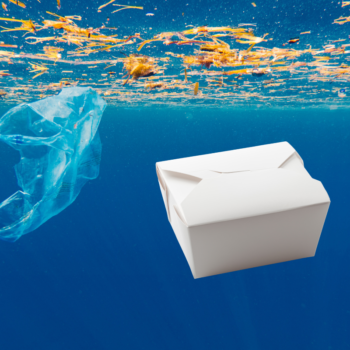|
|
We Reviewed. You Benefit.
Get Insider Access to Discounts on Top Sustainable Brands We've Reviewed Just for You! WEEKLY!
As we increasingly seek to make more environmentally conscious decisions in our daily lives, the materials we wear are no exception. The fashion industry, often maligned for its environmental impact, is now undergoing a transformation toward sustainability.
One of these innovations is Lyocell fabric — touted as the eco-friendly alternative to traditional textiles. But is it really?
Lyocell is a semi-synthetic fabric commonly used as a substitute for cotton or silk. It’s a form of rayon known t for its softness and durability. Additionally, manufacturing lyocell is relatively eco-friendly since it uses less water and energy than conventional methods. Yet, despite its green credentials, there are questions about its overall sustainability.
In this article, we delve into the facts and figures behind Lyocell fabric, shedding light on why it’s considered sustainable and what potential drawbacks might lurk beneath the surface. Read on and discover whether Lyocell truly aligns with your commitment to a greener future.
Key Takeaways
- Lyocell, a semi-synthetic fabric, is known for softness, durability, and environmental sustainability compared to traditional textiles.
- Despite being eco-friendly, Lyocell’s production still requires chemical processes and tree harvesting, raising sustainability questions.
- Lyocell has pros like absorbency and biodegradability, and cons including price and wrinkle-proneness.
- Lyocell’s sustainability hinges on sourcing from managed forests and using a closed-loop production system.
- Lyocell’s versatility enables its use in clothing, bedding, home textiles, and nonwoven products.

What Is Lyocell Fabric?
Lyocell is a semi-synthetic fabric derived from wood pulp, usually sourced from eucalyptus, bamboo, and beech trees. These fast-growing varieties don’t require irrigation or pesticides and can be easily grown on land that is considered unsuitable for alternative use, such as farming.
The wood pulp undergoes a series of chemical processes to produce a soft, durable, and highly absorbent fiber. Its luxurious feel and draping qualities have made it a popular choice in the fashion industry, often replacing less fabrics like cotton or silk.
That being said, while lyocell can mimic the properties of natural fibers, it’s important to remember that it’s still a man-made material. This means its production involves certain chemicals and processes that could potentially have negative environmental impacts.
Lyocell Fabric Advantages & Disadvantages
Like any other material, Lyocell fabric comes with its own pros and cons. Understanding these can be instrumental in making an informed decision about its use.
Advantages of Lyocell Fabric
- Softness and strength. Lyocell is known for its soft texture, often compared to silk or high-quality cotton. Despite this softness, it’s incredibly strong and durable, even when wet.
- Absorbency. This fabric is highly absorbent (50% more than cotton), making it perfect for summer wear or sportswear, as it can easily wick sweat away from the body.
- Hypoallergenic. Lyocell’s smooth fibers make it a great choice for people with sensitive skin or allergies.
- Sustainability. The production process uses less water and energy than traditional fabrics. Furthermore, lyocell is fully biodegradable, reducing its environmental impact once disposed of.
Disadvantages of Lyocell Fabric
- Price. Due to the more sustainable but intricate manufacturing process, lyocell tends to be a bit more expensive than other fabrics like cotton or polyester.
- Durability. While lyocell is strong when wet, repeated washing can lead to pilling over time.
- Wrinkle prone. Similar to other natural fabrics like linen and cotton, lyocell is prone to wrinkling.
- Environmental impact. Although lyocell’s production is more sustainable than many alternatives, it still relies on chemical processing used to dissolve wood pulp and the cutting down of trees — even if they are sustainably sourced.
In conclusion, while lyocell has some drawbacks, its benefits — particularly in terms of sustainability and comfort — make it an increasingly popular choice in the textile industry. The key is to weigh these pros and cons based on your individual needs and values to determine if Lyocell is the right choice for you.
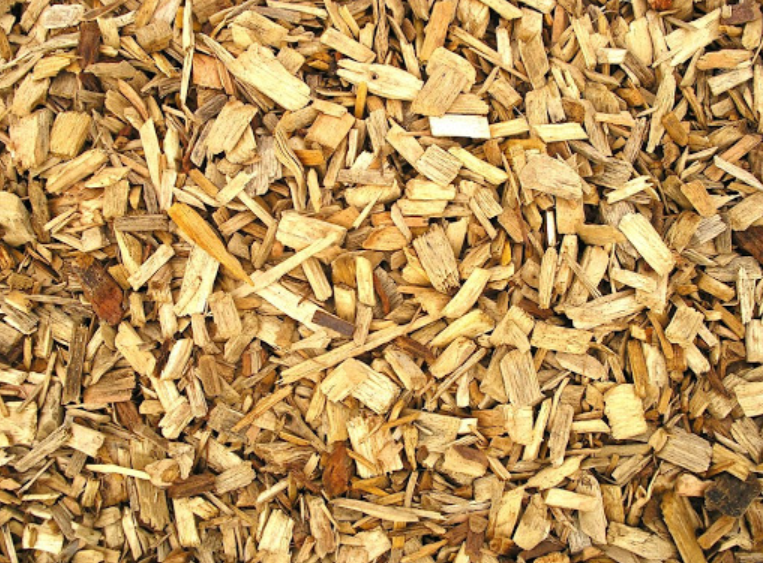
Is Lyocell Fabric Sustainable?
The question of whether Lyocell fabric is sustainable is not a simple one to answer.
On the one hand, its production process does have several eco-friendly advantages over traditional textile manufacturing. It utilizes a closed-loop system, meaning that nearly all the solvents and water used are recycled and reused — significantly reducing waste and pollution.
Additionally, unlike synthetic fibers, Lyocell is biodegradable. This means that garments made from this fabric won’t linger in landfills for hundreds of years but will break down naturally over time. This biodegradability is an important aspect of its sustainability profile.
However, it’s worth noting that while the production process is more sustainable than many alternatives, it can only be truly sustainable when the raw materials come from sustainably managed forests and plantations. It also isn’t entirely devoid of environmental impact.
The extraction of wood, even from sustainably managed forests, can still lead to habitat destruction and biodiversity loss. Furthermore, the chemical process required to transform wood pulp into soft fibers uses quite a bit of energy.
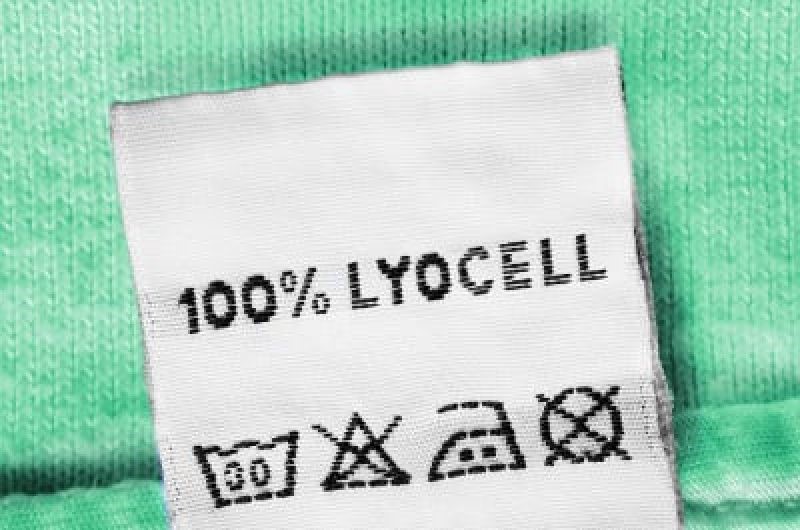
What Is Lyocell Used For?
With its versatile properties, Lyocell fabric is utilized in a wide range of applications. Here are some key areas where it’s extensively used:
- Clothing. Thanks to its softness, strength, and excellent moisture-wicking properties, Lyocell is highly favored in the fashion industry. It’s used in various types of garments, including dresses, shirts, pants, activewear, and even underwear. Its drape and silk-like feel make it a popular choice for luxury clothing as well.
- Bedding. The hypoallergenic and absorbent characteristics of Lyocell make it an ideal fabric for bedding items such as sheets and pillowcases. Its ability to wick away moisture helps to regulate body temperature, providing a comfortable sleep environment.
- Home textiles. Beyond clothing and bedding, Lyocell is also used in other home textiles like towels and curtains. Its high absorbency makes it suitable for bath towels, while its luxurious texture and drape lend elegance to window treatments.
- Nonwoven products. The durability of Lyocell fibers allows them to be used in nonwoven products like baby wipes or industrial wipes. Its hypoallergenic property is particularly useful here as it minimizes the chance of skin irritation.
Is Lyocell Stretchy?
Lyocell fabric by itself is not inherently stretchy. It’s known for its strength, softness, and breathability rather than its elasticity.
However, when combined with other materials like elastane or spandex, it can become quite stretchable. This blend of fabrics is often used in sportswear or fitted clothing to provide both comfort and flexibility. So while pure lyocell doesn’t provide stretch, its versatile nature allows it to be blended with other fibers to achieve the desired characteristics.
What Does Lyocell Feel Like?
Lyocell is often praised for its exceptionally soft and smooth texture. In fact, its luxurious feel is one of the reasons it’s become so popular in the textile industry. It has a silk-like touch to it, giving it a premium, high-quality feel.
In addition to being soft, Lyocell is also quite strong and durable, even when wet. This means that not only does it feel good against the skin, but it also holds up well over time.
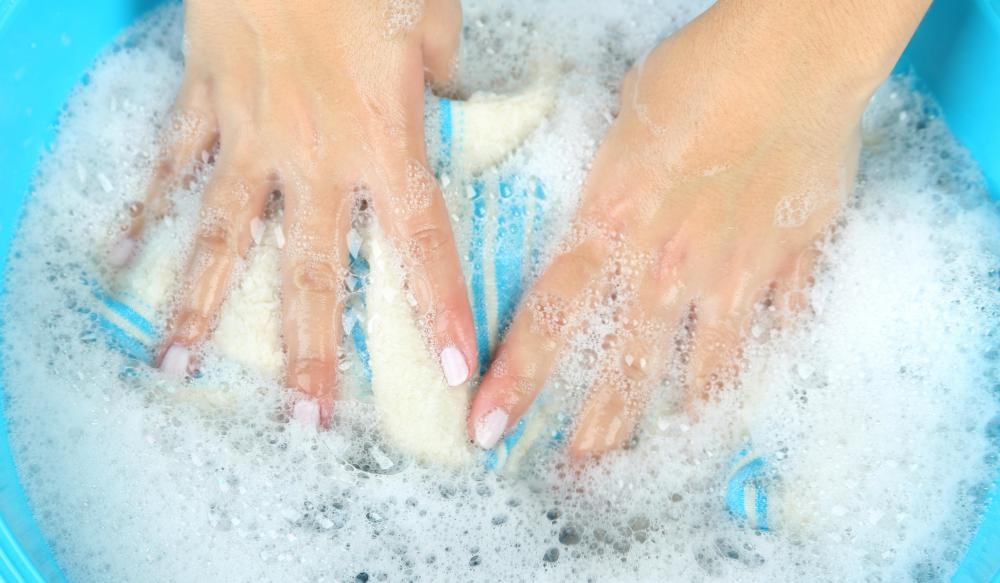
How to Wash Lyocell Fabric?
Lyocell fabric is generally easy to care for and can usually be machine washed, which makes it a practical choice for everyday items. Here are some tips on how to wash Lyocell fabric:
- Check the label. Always check the care label before washing any garment. Some Lyocell items may require special care or may not be suitable for machine washing.
- Cold wash. It’s best to wash Lyocell in cold water. This will help to maintain the fabric’s color and prevent shrinkage.
- Gentle cycle. Choose the gentle cycle on your washing machine to avoid stretching or damaging the fabric.
- Use mild detergent. Opt for a mild detergent that’s suitable for delicate fabrics. Avoid using bleach or fabric softeners, as they can damage the fibers.
- Air dry. Whenever possible, allow Lyocell garments to air dry. If you need to use a dryer, choose the lowest heat setting to minimize shrinkage and prolong the life of your garment.
- Ironing. If necessary, you can iron Lyocell fabric on a low setting. However, try to remove the garment from the dryer while it’s slightly damp to reduce wrinkles.
Remember, these are general guidelines, and individual garments may have different care instructions. Always follow the manufacturer’s recommendations to keep your Lyocell items looking their best.
Final Thoughts: Is Lyocell for You?
Lyocell presents a compelling case for a sustainable and versatile fabric. Its production process is less detrimental to the environment than many other textiles, and its properties — such as softness, strength, moisture-wicking abilities, and biodegradability — make it an attractive option for a variety of applications.
However, it’s important to consider that while Lyocell might be more sustainable than many alternatives, no fabric is without its environmental impact.
Ultimately, the decision comes down to your personal priorities. If you’re looking for a fabric that offers comfort and durability while also aligning with your commitment to a greener planet, then Lyocell could be an excellent choice for you.
Keep in mind that conscious consumption involves not just choosing sustainable products but also taking care of what we already own to extend its lifespan. It’s all about making informed decisions and striking a balance between our needs and the health of our planet.
